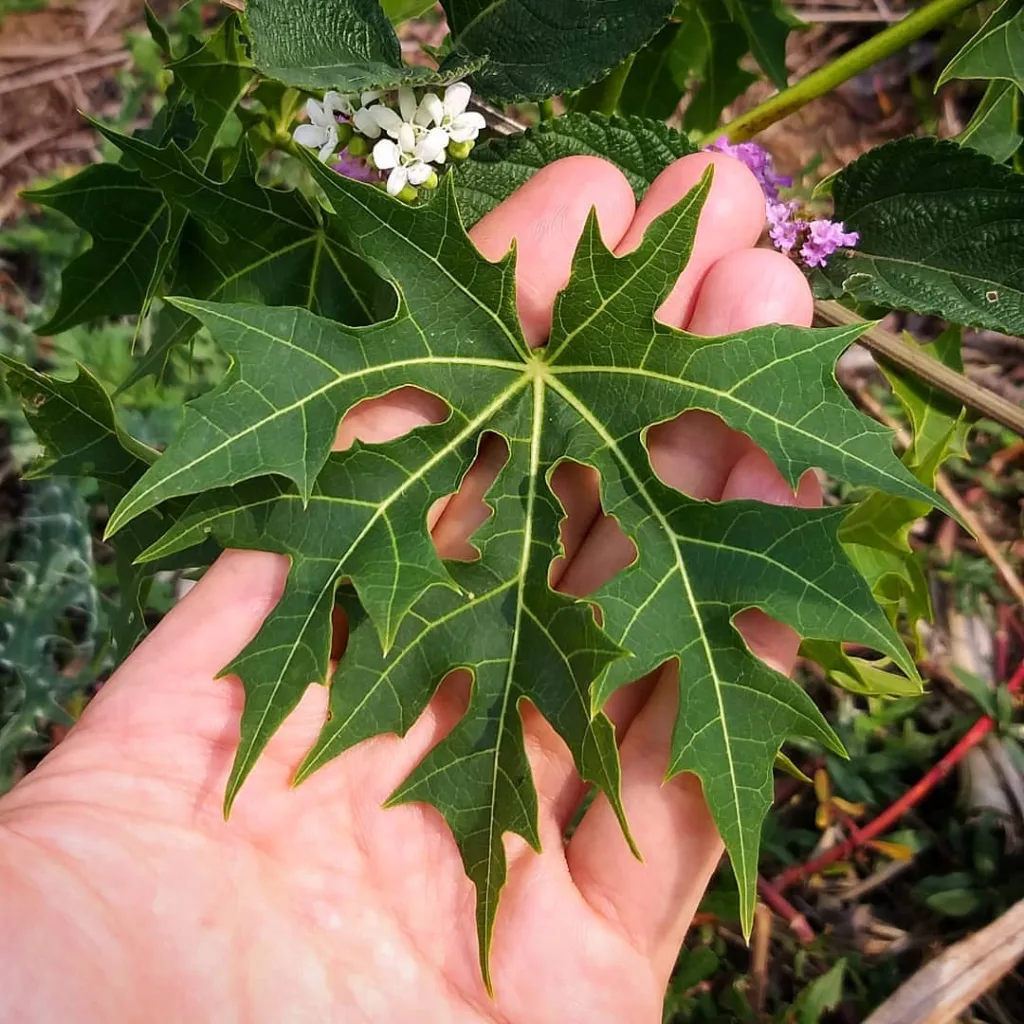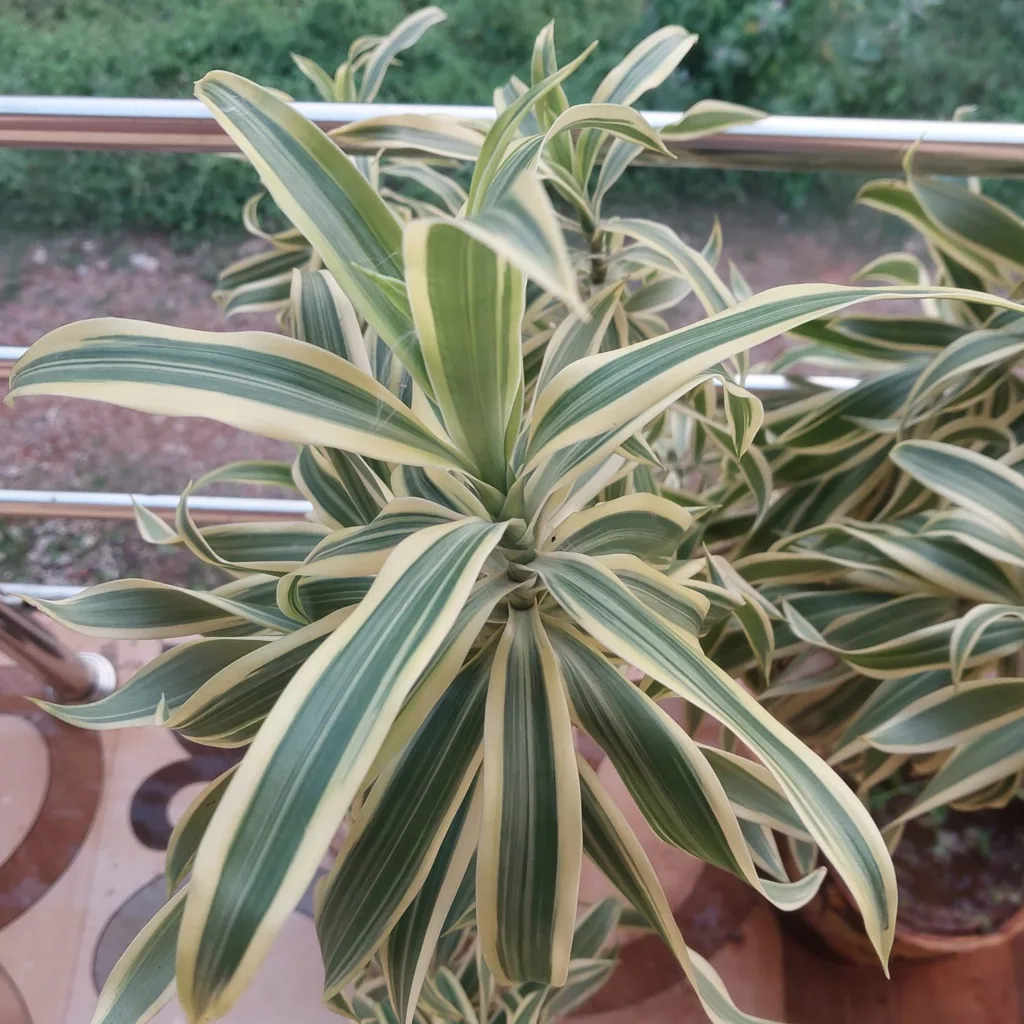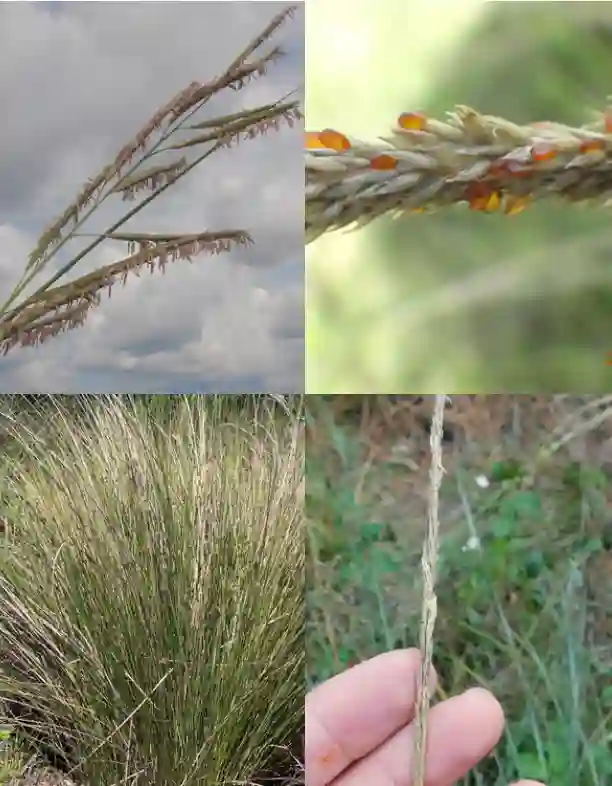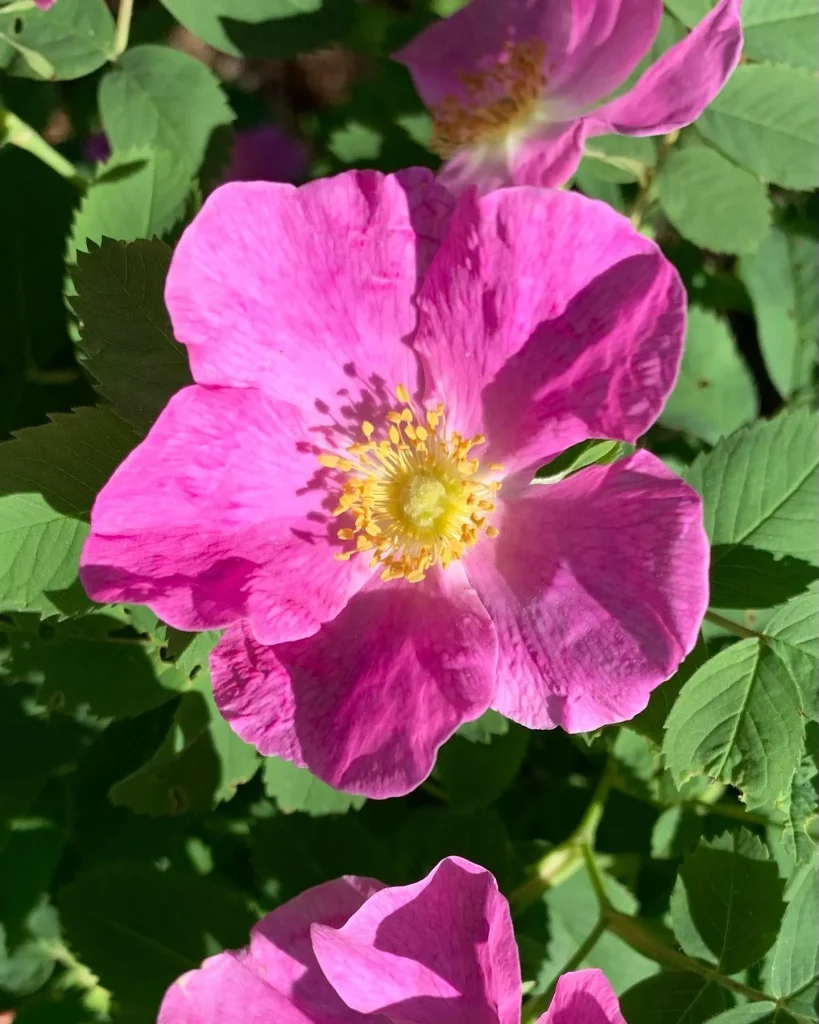Exploring the Family Bataceae and the Unique Genus Batis
The Bataceae family, though modest in size, has always captured my interest for its fascinating ability to thrive in harsh, saline environments. With only one genus, Batis, and two species—Batis maritima and Batis argillicola—this family has evolved unique mechanisms to survive in coastal and salt marsh ecosystems. In this article, I’ll delve into the distinguishing characteristics, habitats, and ecological significance of these intriguing plants, sharing how their resilience and adaptability highlight the wonders of botanical evolution.
The Bataceae Family: An Overview
The Bataceae family belongs to the order Brassicales, which also includes better-known plants like cabbages and mustards. Unlike its relatives, Bataceae is highly specialized for saline habitats, which are challenging due to their high salt concentration and fluctuating water levels. In these conditions, most plants would struggle, but Bataceae has adapted to not only survive but also play a key role in its ecosystems.
Within Bataceae, the only genus, Batis, consists of just two species. This makes it a small but highly specialized family, with a unique evolutionary path that focuses on salt tolerance. It’s amazing how nature tailors certain families to niches others can’t occupy, and the Bataceae’s specialization for saline and coastal conditions is a prime example of this phenomenon.
Genus Batis: Two Species with Unique Adaptations
The Batis genus consists solely of Batis maritima and Batis argillicola. Although they share common characteristics that enable survival in saline environments, these two species differ in their habitats and some specific adaptations.
Batis maritima: The Coastal Specialist
Batis maritima, commonly known as saltwort or beachwort, is a halophytic (salt-loving) plant that thrives in coastal and salt marsh areas throughout the Caribbean, Gulf of Mexico, and parts of the Pacific and Atlantic coasts. Growing low to the ground, B. maritima has thick, succulent leaves that are coated with a waxy layer to prevent excess water loss. This waxy coating, combined with its succulent nature, allows the plant to retain water effectively even in the intense sun and salt exposure of its habitat.
One of the most remarkable adaptations of B. maritima is its ability to excrete excess salt through specialized glands on its leaves. In a saline environment, salt can build up within a plant’s cells, potentially leading to dehydration and even death. However, B. maritima efficiently pumps salt out, preventing accumulation and maintaining internal balance. This process, called salt extrusion, is a powerful example of how the species has evolved specifically to withstand its challenging environment.
Batis argillicola: The Rare Salt Flat Inhabitant
Compared to Batis maritima, Batis argillicola is less widely known and studied. Native to arid regions with saline flats, B. argillicola is adapted to environments where both salinity and soil stability are low. Its habitat in the salt flats exposes it to extreme conditions, where moisture is scarce, and the high salt concentration of the soil presents a constant challenge.
Like its close relative, B. argillicola also exhibits halophytic adaptations, including salt extrusion mechanisms. However, it has adapted to grow in clayey, often muddy soils—hence the name “argillicola,” which loosely translates to “clay inhabitant.” Its roots can penetrate compact soils, stabilizing the plant in places where others might struggle to establish themselves. Due to its limited range and specialized habitat, B. argillicola is less commonly encountered, making it a hidden gem within the Bataceae family.
Ecological Importance of Batis Species
Both Batis maritima and Batis argillicola play essential roles in their ecosystems. They serve as primary colonizers in salt marshes and saline flats, where they stabilize soil and provide habitats for various species. In coastal areas, B. maritima forms dense mats that help prevent erosion by anchoring soil with its extensive root system. This stabilization is crucial for coastal preservation, especially in areas prone to hurricanes and tidal changes.
Batis species also create a unique microhabitat within saline environments. By trapping organic matter and creating patches of shade, they support small invertebrates and microorganisms that thrive in these specialized conditions. These microhabitats support a delicate balance within the ecosystem, influencing nutrient cycling and providing food and shelter for a range of species.
Conservation and the Future of Bataceae
Despite their resilience, Batis species face threats from habitat loss, coastal development, and climate change. Rising sea levels and increased salinity in some regions could disrupt their delicate ecosystems. For example, coastal development often results in the destruction of salt marshes, directly impacting B. maritima populations. Similarly, any shifts in saline flat conditions may affect B. argillicola, further limiting its already restricted range.
In conservation terms, understanding the ecological roles of Batis species highlights the need to protect saline habitats. These plants are not just resilient survivors; they’re essential components of coastal ecosystems, contributing to shoreline stability and supporting diverse life forms. Protecting the Bataceae family’s unique habitats ensures the continued health of the broader ecosystem, benefiting both local wildlife and coastal human populations.
Why Batis Fascinates Me
What draws me to the Batis genus is its quiet, unassuming role in one of Earth’s most challenging environments. These plants don’t just survive; they thrive and support entire ecosystems in places where few others could endure. Witnessing how they’ve evolved to manage salt and stabilize soil is a testament to the incredible diversity of plant adaptations. While they may not have the aesthetic appeal of garden flowers or the grandeur of towering trees, Batis species embody a quiet resilience that speaks volumes about nature’s capacity for adaptation.
The Bataceae family may be small, but its ecological impact and unique adaptations are worth celebrating. As environmental pressures continue to grow, these plants remind us of the importance of protecting even the smallest and seemingly inconspicuous members of our ecosystems.
If i die, water my plants!



